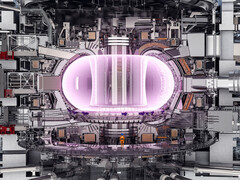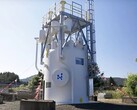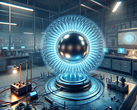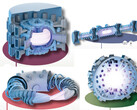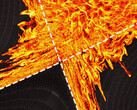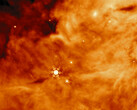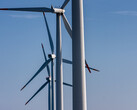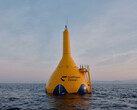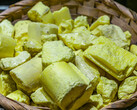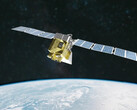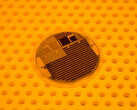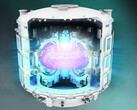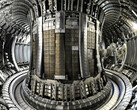"The most important thing in the last 30 years of nuclear fusion research", Dennis Whyte, one of the scientists involved, is quoted as saying. And indeed, plasma capture is at the heart of planned nuclear fusion reactors such as ITER in southern France.
Much is new and surprisingly different about the super magnet, which can generate a permanently stable magnetic field with a strength of 20 Tesla. For comparison: a large magnetic resonance tomograph in medicine can reach 3 Tesla for a short time, and a few special models can reach twice that. The magnetic field on the earth's surface has a strength of 0.00005 Tesla.
Performance is one thing. But the efficiency must also be right in order to obtain an energy surplus at some point through nuclear fusion. A new material called REBCO was used as a superconductor for this purpose. This stands for "rare-earth barium copper oxide", i.e. an alloy of rare earths, barium, copper and oxygen.
This does not have to be kept nearly as cool as other superconductors in order to work without resistance. Instead of 3 Kelvin (-454 °F / -270 °C), 20 Kelvin (-423 °F / -253 °C) is sufficient. The value is of course still extremely low, only just above absolute zero, and enormous efforts are required to reach this temperature.
If you compare the two tasks, however, it would be as if you didn't have to catch all one hundred chickens in a vast forest. Ninety are enough. In other words, it is many times easier, even though the difference is only 16 Kelvin.
In addition, there is no need for expensive insulation between the cables. The superconductor can also be used in this way. This provides more space, for example, to make the cooling more effective and to position the magnet better.
Models and extrapolations were not relied on for the test run. Instead, the team constructed a 20,000-pound (9 tons) and sufficiently powerful magnet with a total of 200 miles of superconductor. This corresponds to the dimensions actually required later.
And lo and behold: the system functioned exactly as desired in its original size and withstood all loads. In addition, critical situations between fluctuating power supply and a complete failure were tested.
Even though the system was probably a little melted in the end, all results should be within the expected range. This is good, because the underlying calculations and the assumed behavior of the material should then be correct.
All that is needed now, apart from lots of superconductors and ninety chickens, is an overall stable fusion reactor.
Source(s)
IEEE Xplore via phys.org




